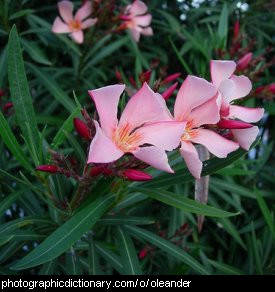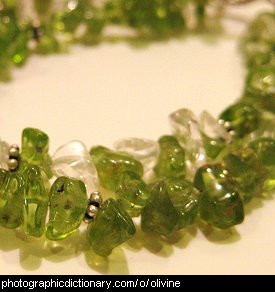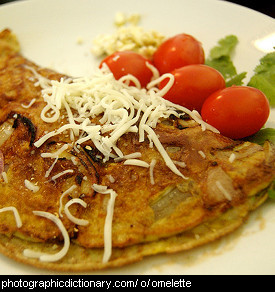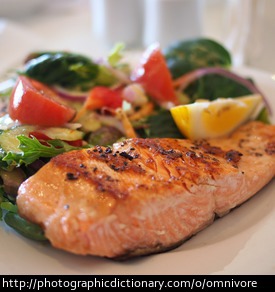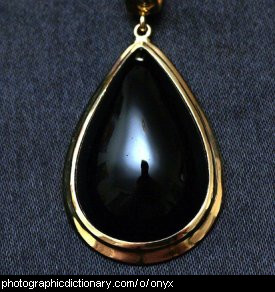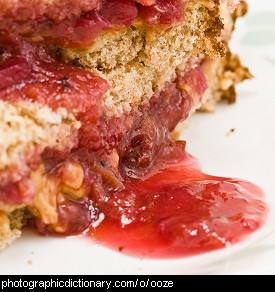Scientific name: nerium oleander
Oleanders, also known as rose laurel, are a pretty, evergreen flowering shrub. They usually have pink or white flowers.
Oleanders are one of the most poisonous plants known. Their sap is toxic, and even the dead, dried plant is dangerous. Horses have been known to die from eating oleander leaves. Even a single leaf might be enough to kill a small child.
Scientific name: olea europaea
Olives are the fruit of a small, slow-growing tree. They are originally from the Mediterranean region and grow best in poor soils in Mediterranean climates. Olives can be grown easily from both seeds and cuttings, but trees grown from seed don't always grow good fruit.
Olives can't be eaten fresh from the tree, they are too bitter. Olives need to be prepared by soaking them in salty water or otherwise preparing them to be eaten. Some types of olive can be pressed and oil made from them.
An omelette is made from beaten eggs, cooked in a frying pan. A little milk or cream is often added to the eggs, and sometimes omelettes are made from only the white of the eggs, without the yolk.
Omelettes may also contain added herbs, spices, diced vegetables or meat, particularly ham.
Something is on if it is powered up and able to be used. The computer in the picture is turned on. On is also used to indicate positioning, as in "the cup is on the table".
The opposite of on is off.
Scientific name: allium cepa
Onions are a vegetable. There are many different kinds of onions, ranging in size and colour from purple to red to white to green.
Onions are used in almost every kind of food, raw or cooked. They can be very sharp when they are raw and many children do not like raw onions, but when they are cooked they are quite sweet.









